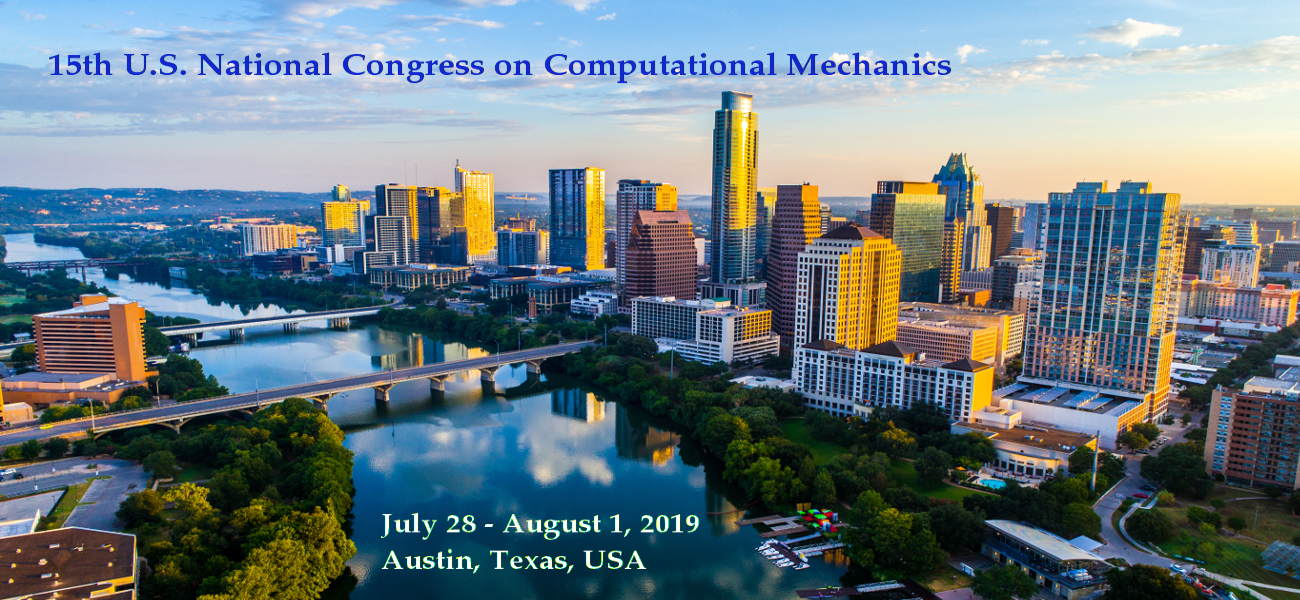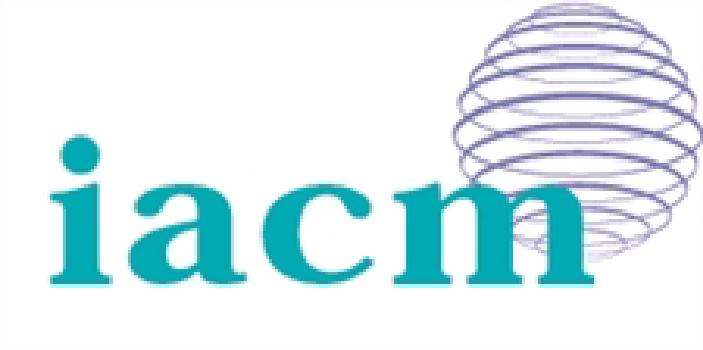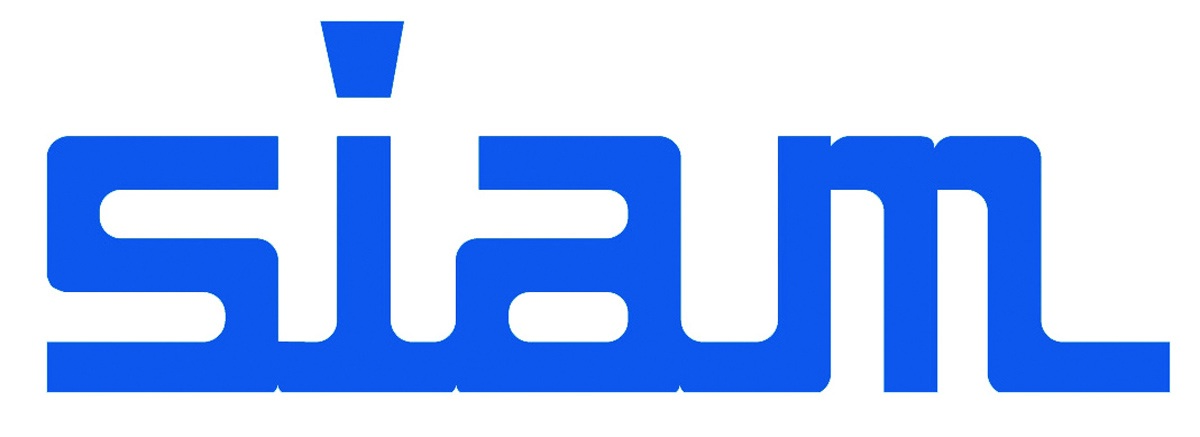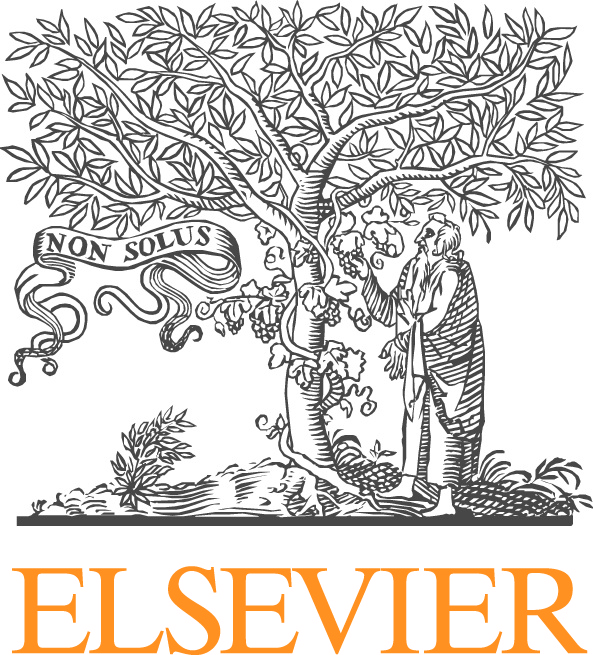Guglielmo Scovazzi, Duke University
Gianluigi Rozza, SISSA
Santiago Badia, CIMNE, UPC
Mario Ricchiuto, INRIA Bordeaux
The use of unfitted finite element (or isogeometric) techniques is of main interest for different reasons. On one hand, it allows one to eliminate the need to have body-fitted meshes, simplifying the pre-processing step, and having a closer interaction with the CAD data, e.g., in shape or topology optimization frameworks. On the other hand, extended finite element-like techniques are appealing to track interfaces in multi-phase and multi-physics applications. However, the use of unfitted finite element techniques have some drawbacks, e.g., the small cut cell problem and the resulting ill-conditioning of the problem at hand, the imposition of Dirichlet boundary conditions, etc. In this mini-symposium, we are interested in works dealing with unfitted finite element simulations in a broad sense, including stabilization techniques for well-posedness, high-order frameworks, applications with advanced discretization spaces, robust and parallel preconditioning techniques, application to PDEs in manifolds and moving domains, surface extraction and cut cell integration techniques, adaptivity, etc., but also the use of these techniques in complex applications, e.g., additive manufacturing and bio applications, and software and implementation aspects.







